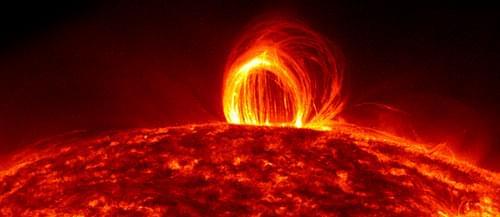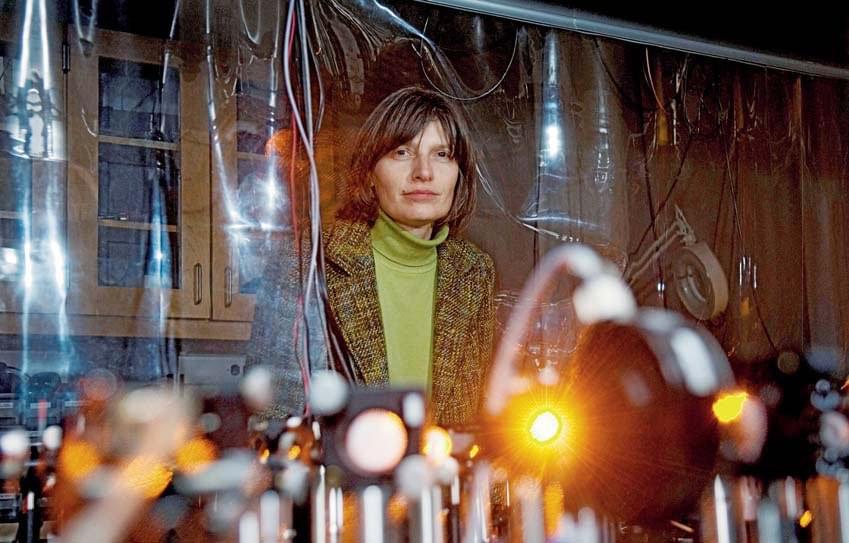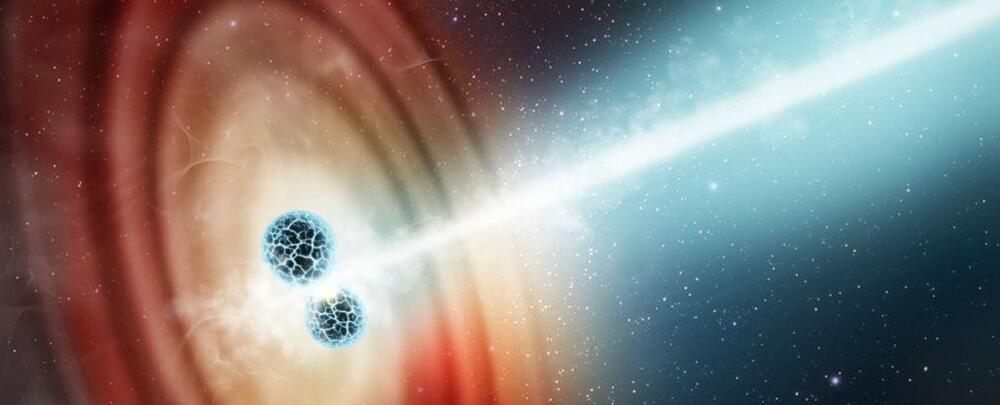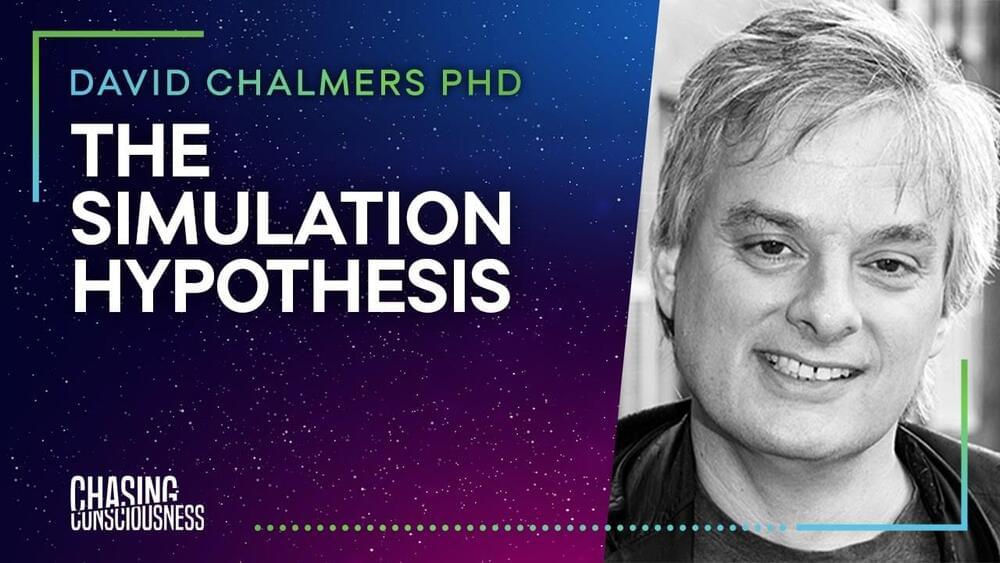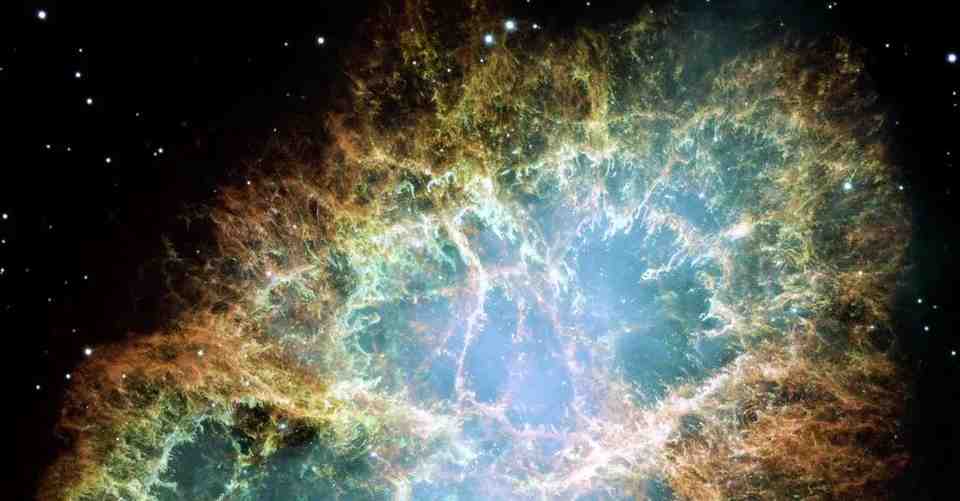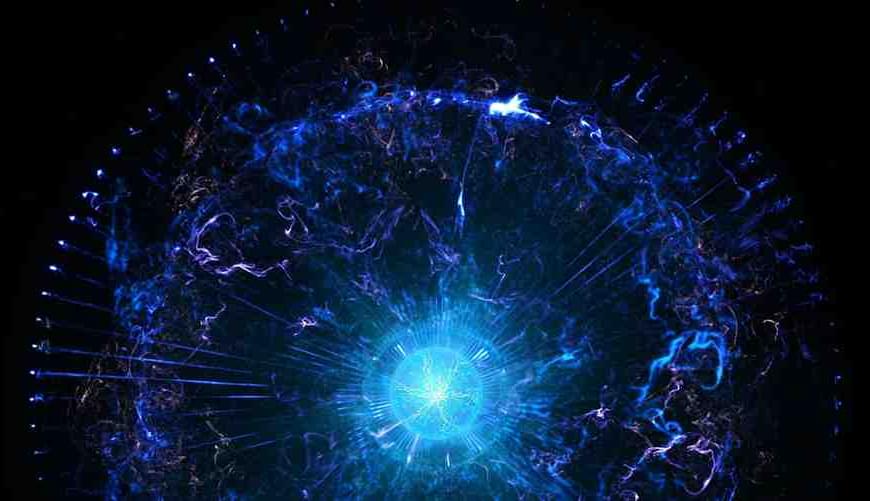Oct 18, 2022
Spacecraft Makes Progress on Solar Heating Mystery
Posted by Saúl Morales Rodriguéz in categories: energy, physics
Data from the Parker Solar Probe confirms a long-suspected heat source for the Sun’s surprisingly hot corona, but there may be others.
The Sun’s surface temperature is around six thousand degrees kelvin, but the solar atmosphere—the corona and the solar wind—can reach a million degrees kelvin, a long-standing mystery in solar physics. Now, with data from the Parker Solar Probe, researchers have found evidence supporting a partial explanation for this mystery: magnetic waves driven by subsurface turbulence can impart energy to ions in these regions [1].
The exact mechanism of heating has been debated for decades, but the story appears to start with turbulent flow in the Sun’s convection zone, the outermost layer below the surface. In fluid dynamics, turbulence causes heating through a process known as turbulent energy cascade, where large eddies are converted into progressively smaller eddies. The energy in the smallest eddies is converted into heat through collisions between molecules.
